Do You Get Your Money Back if You Cancel a Flight
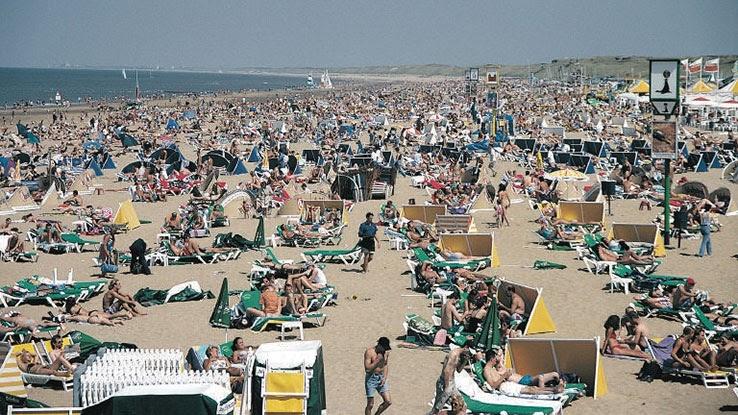
Summer is nearly upon us, which means travel season is about to be in full swing — though perhaps not in the same ways as in years past. Many people planned their vacations before the coronavirus pandemic's full effects were realized, but as the summer months approach, it's time to start making vacation decisions with COVID-19 in mind. With false information circulating out there, it's challenging to find advice that helps people make smart choices.
We've gathered the latest information and updates from the Centers for Disease Control and Prevention (CDC) and the World Health Organization (WHO). Be sure to follow up on these recommendations; information can change daily.
Is It Too Soon for Easing Restrictions?
Some states are beginning to ease stay-at-home orders, and each county may implement individual plans and restrictions for local travel. Limits will vary widely from place to place. According to the CDC website, "Travel increases your chances of getting and spreading COVID-19."
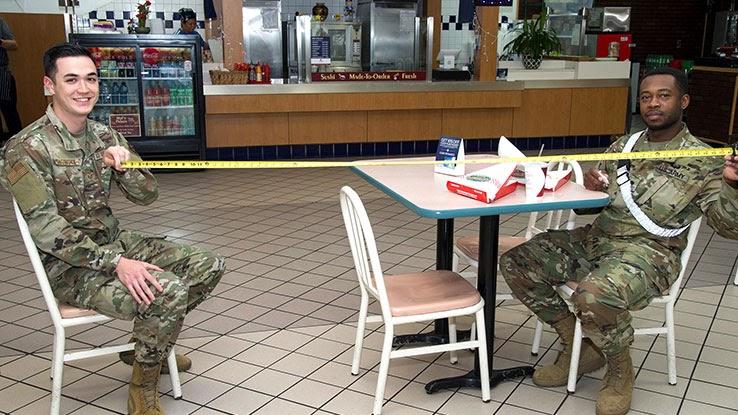
The CDC has continued to monitor nationwide coronavirus cases, and its recommendations for domestic travel remain the same: people should stay at home as much as possible. The organization also notes that people should continue to practice social distancing by remaining 6 feet apart from others if they need to be in public for essential activities.
Staying at home all of the time isn't feasible for everyone, but you should try to postpone travel if you can. The CDC recommends "limiting close contact by restricting local travel to essential errands like grocery shopping, takeout food, gas fill-ups and medical trips." Essential errands also include providing home and medical care to others.
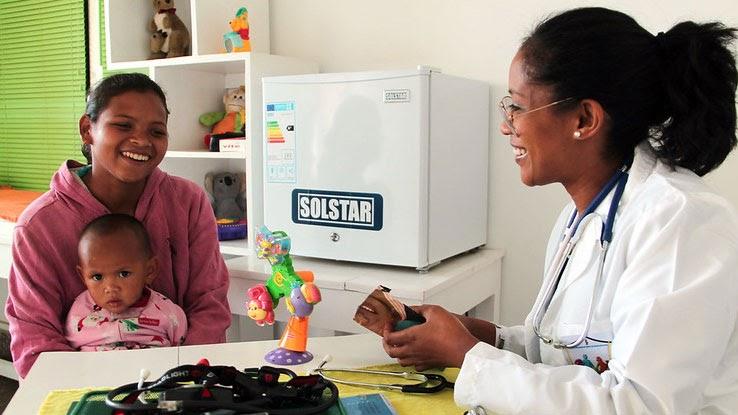
Unless they're experiencing symptoms related to COVID-19, people should only leave the house if they work in essential industries. Essential services involve a wide range of jobs, including critical infrastructure, supply-chain, medical and healthcare, telecommunications, information technology systems, defense, energy, waste and law enforcement positions.
What About Traveling by Air?
As restrictions ease, airports may start to see increases in passenger traffic. Although some airports remain closed, others may allow people to continue their pre-planned trips with some restrictions. According to the CDC, "because of how air circulates and is filtered on airplanes, most viruses and other germs do not spread easily on flights."
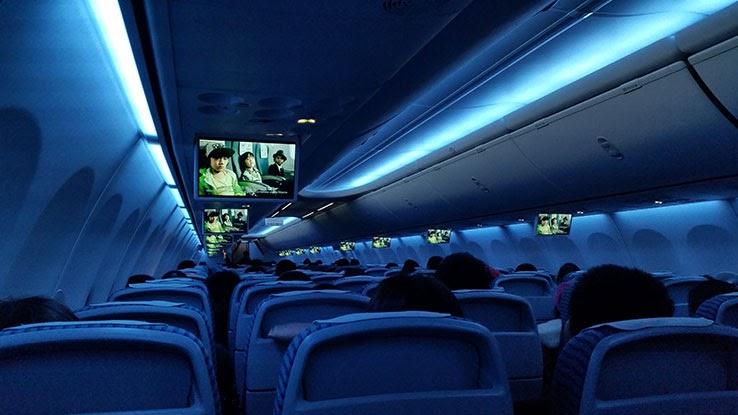
However, health officials still recommend social distancing. Traveling on airplanes makes it challenging to remain 6 feet apart. Wearing protective face covers and gloves is recommended. Even though there are low ticket prices, consider postponing air travel until the spread of COVID-19 has lessened further.
What About Traveling by Bus?
It should go without saying that anyone who's sick or who has come into contact with someone who may be sick should refrain from traveling. Travel often requires sitting next to others — making it hard to socially distance — and it can also expose people to parts of the country with varying levels of community transmission of the coronavirus. For these reasons, bus travel is another form of transportation that can put people at higher risk of getting sick.
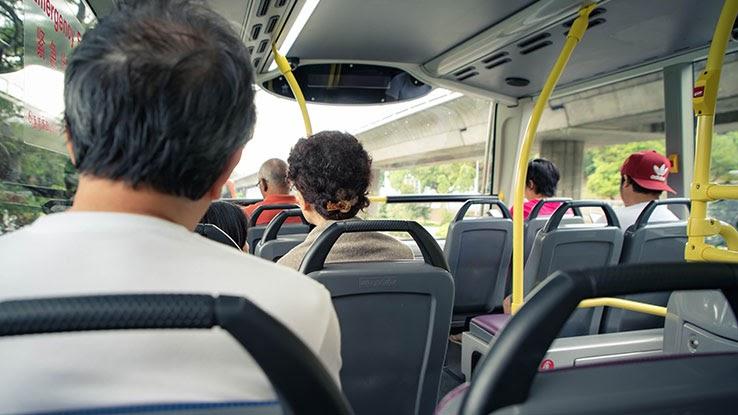
The CDC says that sitting for prolonged periods can put people at risk of contracting and spreading COVID-19. Greyhound has temporarily closed some of its bus stations and other facilities. The stations may operate as Bus Stop Only locations without will call pickup or in-station ticket purchases.
Are Trains Any Safer?
Sitting or standing in the same spot for prolonged periods also encourages the spread of COVID-19, says the CDC. Not only can buses present an easy way for the novel coronavirus to spread, but trains are where you'll find concentrations of people sitting or standing for extended periods. Whether it's the Amtrak or a local subway system, you should avoid traveling by rail when possible.
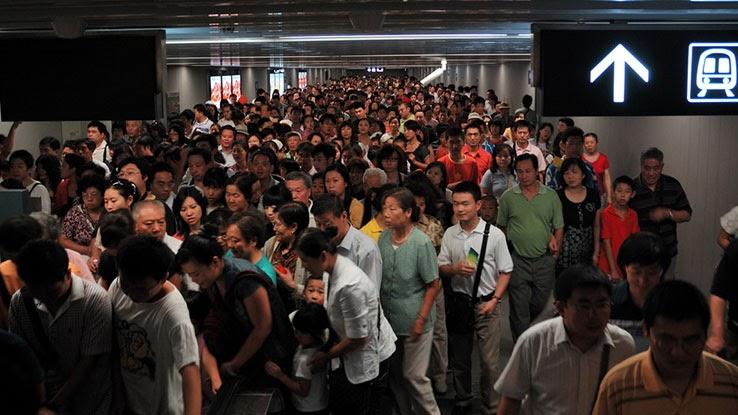
If you were already planning on traveling by train, take local guidelines into account. Many stations in major metropolitan cities like New York have closed. Orders related to COVID-19 and rail travel can change regularly, too.
Taking Long Drives
One of the more popular methods of travel is by car. Road trips are a foundation for any summer vacation. But there's a lot to be wary about on the road. Traveling by automobile may seem safer than going by train or bus, but the CDC has warnings in place.
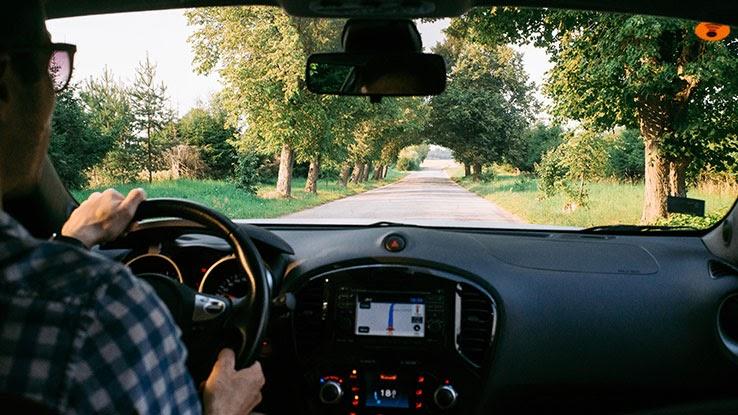
"The stops you need to make along the way could put you and others in the car with you in close contact with others who could be infected," the organization notes. The CDC also recommends that travelers book accommodations in advance but make as few stops as possible during their trips.
Traveling by RV Should Be Safer, Right?
Kind of. Similar to cars, RVs are another popular means of traveling the country by road. If you're planning on traveling this way, stock each RV and car with enough non-perishables, medicine and alcohol-based sanitizer for your entire trip. This limits the number of times you may need to stop to purchase items — and the number of times you might expose yourself to the novel coronavirus.
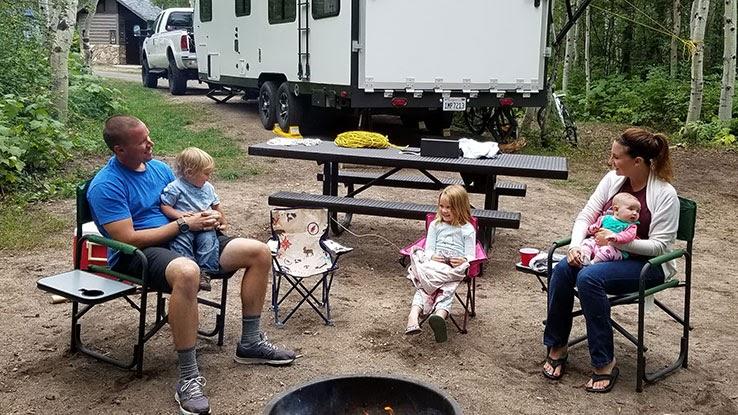
Some states have classified private RV parks as "non-essential" businesses, and many casino parking lots are also closed to RVs. It's critical to review stops on your travel route before your vacation and while you're on the road — openings and directives may change. Also, frequently disinfect all surfaces within your RV, including the floors.
Staying in Hotels and Similar Lodgings
The CDC website states, "Staying in temporary accommodations (hotels, motels and rental properties) may expose you to the virus through person-to-person contact and possibly through contact with contaminated surfaces and objects." The organization recommends that travelers take the same precautions as they would in all other public places.
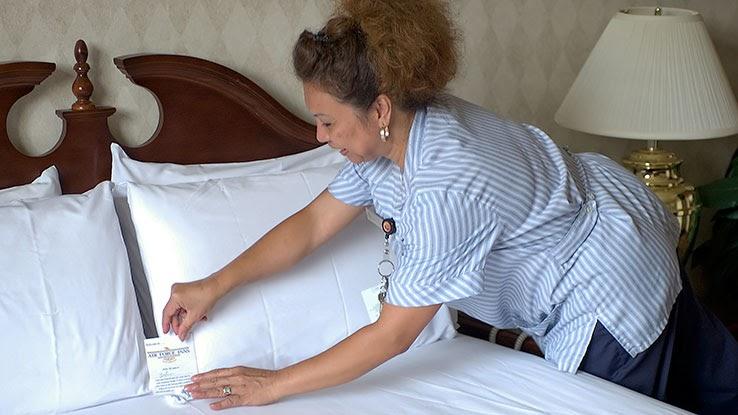
When you check into your room, you should clean and disinfect all high-touch surfaces, including phones, light switches, remote controls, sink faucets, doorknobs, counters, handles and tables. Do this periodically throughout your stay, too.
Taking Care at Campgrounds
Because many hands touch surfaces in hotels, you might think that camping is the best option. There's nothing quite like sleeping under the stars in a remote location. While camping has the potential to be a lot safer due to the limited contact you may make with people, there's still plenty to keep in mind if you choose this option for your summer vacation.
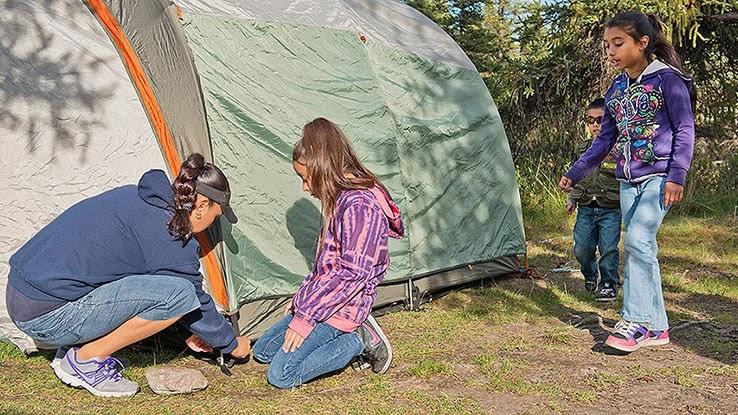
Helpful websites like campendium.com maintain real-time lists of open campgrounds. Keep in mind that some people who contract COVID-19 don't feel symptoms immediately, so if a family member gets sick while camping, they might end up too far away from a hospital for emergency care once their symptoms show. A fun alternative? Set up a campsite in your backyard instead.
The Cruise Ship Dilemma
At the start of this unprecedented pandemic, a few of the more severe outbreaks happened onboard cruise ships. But there are still thousands of people who took advantage of the strikingly low cruise ticket prices in the weeks that followed. That doesn't mean it's a good idea to vacation this way.
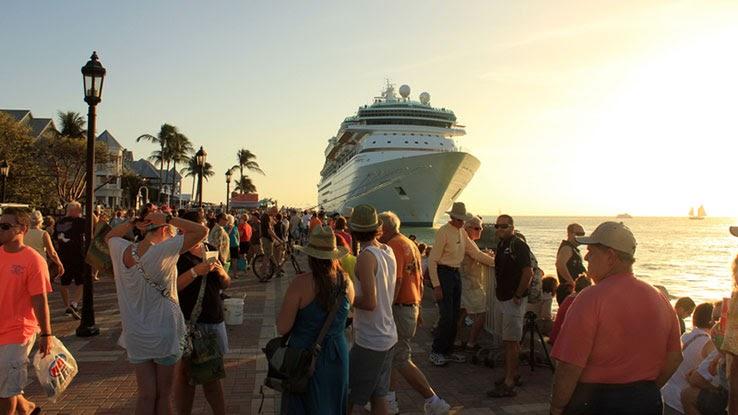
In response to the outbreaks, the CDC instituted a No Sail Order that applied to all cruise ships traveling in waters under U.S. jurisdiction. The CDC website explicitly recommends that travelers defer all cruise travel worldwide and notes that cruise passengers are at increased risk of the person-to-person spread of infectious diseases.
Visiting Theme Parks
Each state will have its own guidelines for re-opening theme parks. David Miller, an analyst with Imperial Capital, told The Hollywood Reporter that it's "a two-step process with getting consumers comfortable with going back to the parks" — meaning people have to be comfortable with both getting on a plane and with visiting the parks themselves.
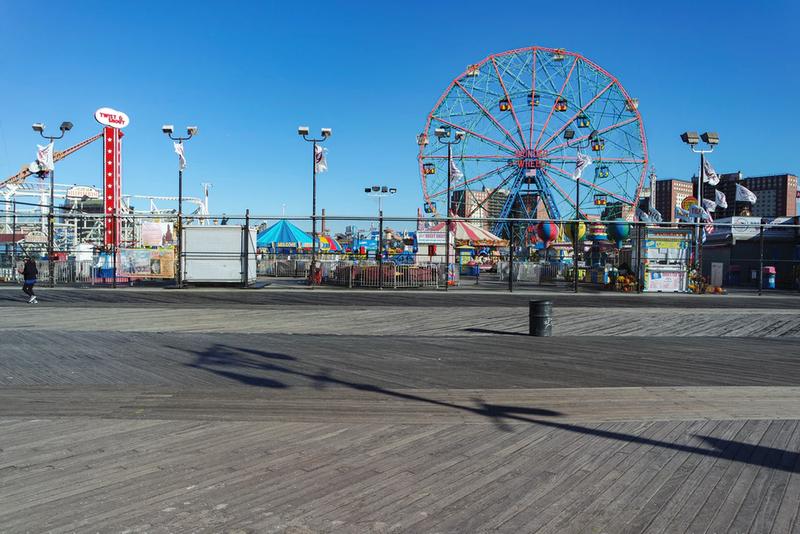
That's why he believes Florida, a place where around 85% of Disney World attendance comes from out-of-state visitors, may have more difficulty. That hasn't stopped the Orange County Economic Recovery Task Force from establishing guidelines for re-opening Disney World — or creating virtual rides for would-be visitors to partake in some virtual Disney magic.
To Beach or Not to Beach?
The U.S. coastline is home to some of the most beautiful beaches in the world, and visiting beaches remains one of the more popular summertime activities. With each state beginning to implement specific restrictions, any traveler with the beach as a final destination should observe all CDC guidelines for washing hands, covering their face and practicing social distancing.
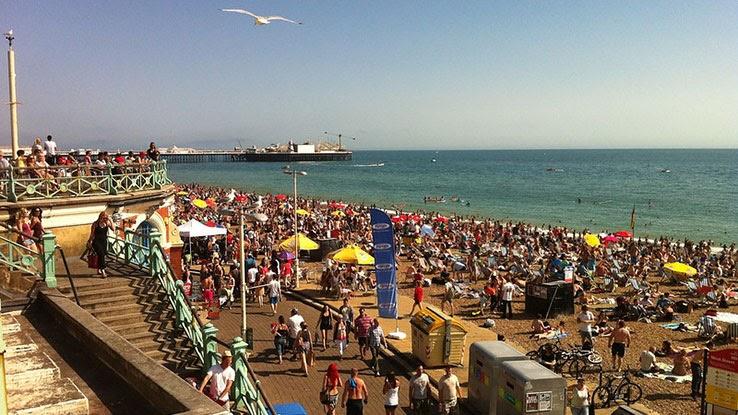
California beach guidelines include allowing patrons to go into the ocean for surfing and kayaking. But people are restricted from congregating on the sand. A safer option involves setting up a pool and some umbrellas in the backyard — you're enjoying the same sun, after all.
Museum Trips
Another popular vacation activity is visiting one of the many engaging, fascinating museums across the country, whether in your hometown or as a road-trip destination. Some museums may remain closed, even as states ease social distancing and stay-at-home orders. Museums are crucial for learning about culture and history — but aren't helpful when it comes to avoiding contaminated surfaces and staying 6 feet away from other people.
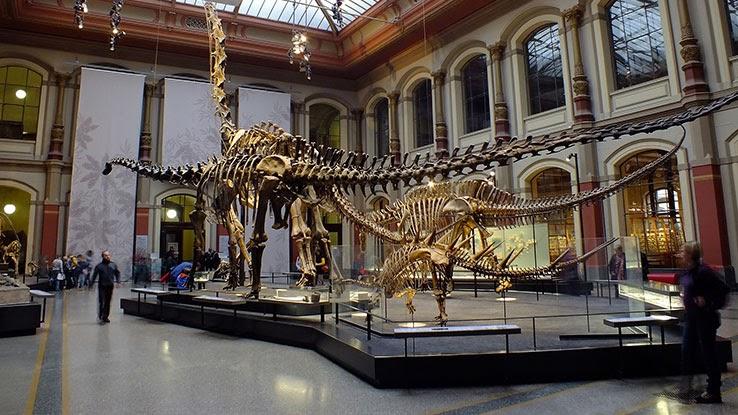
Instead of visiting a museum and putting your family at risk, consider visiting digitally. Many museums have extremely detailed websites. Take a virtual tour of a museum exhibit or toggle through an online gallery of artwork to improve your knowledge of the museum. There's always next year's visit!
Visiting National Parks
National parks are also popular vacation spots for locals and tourists alike. Visiting a national park might seem like a good idea — after all, you'll be outdoors. But the National Park Service remains steadfast in its COVID-19 response. According to the NPS, "The safety and health of NPS employees, visitors, partners, volunteers and resources remains our top priority."
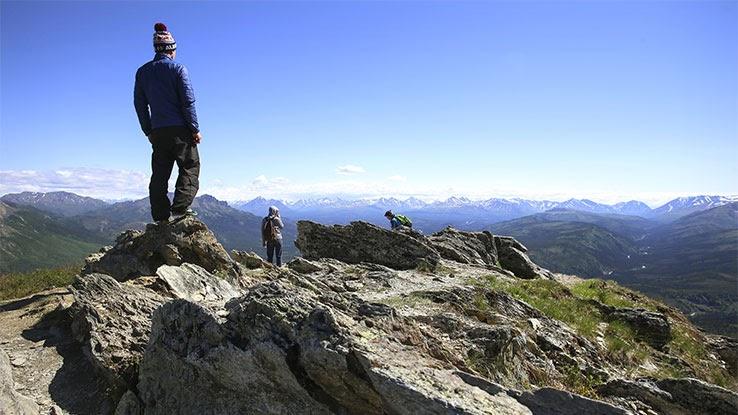
It's accomplished this by closing most park buildings, facilities and restrooms…[and in] some cases, entire parks. Perhaps the best idea is to postpone the trip until next year and, in the meantime, learn more about Teddy Roosevelt and the establishment of our national park system in the early 1900s.
Eating at Restaurants on the Road
As mentioned, road travelers should stock up on non-perishable items to bring along on the drive before heading out on vacation. If you must travel by air, buying food at a supermarket at your final destination is best for optimal social distancing. But not every traveler can avoid restaurants for the duration of a trip.
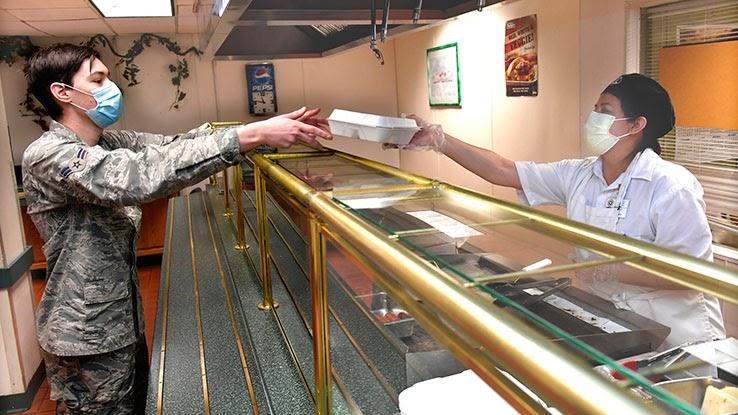
Some restaurant owners might play it safe and remain closed, even after local jurisdictions may ease some restrictions. The most important thing to do is avoid touching common surfaces like door handles and sink faucets if you do enter a restaurant. Consider getting your meal as takeout and enjoying it at your hotel. Wash your hands for at least 20 seconds before and after eating, too.
Stopping at Gas Stations
Filling up the tank is unavoidable on a road trip. With gas prices so low, it's tempting not to take full advantage of the great deals you can find. But gas stations can be perfect locations for the spread of COVID-19. Gas pump handles and payment keypads are potential sources of contact transmission of the novel coronavirus.
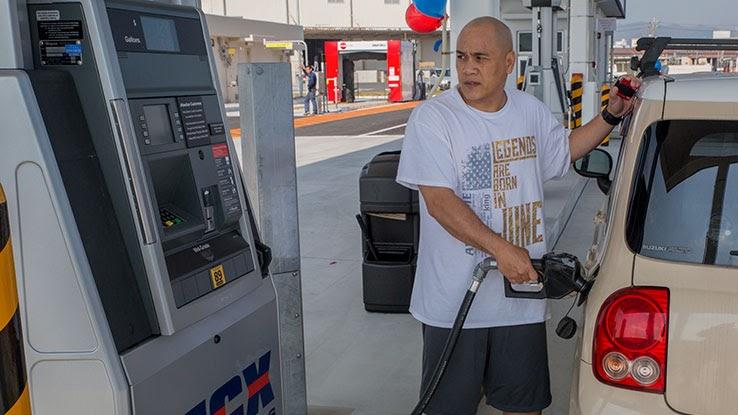
There's no evidence to suggest that these are common means of contracting the virus, but it's better to be safe than sorry. Keep a box of disposable gloves in your trunk to wear while touching the pump and keypad, and disinfect your hands thoroughly using alcohol-based sanitizer after filling up.
Attending Sporting Events
The WHO has developed guidelines for what it considers mass gatherings, which the CDC defines as "planned or spontaneous event[s] with a large number of people in attendance that could strain the planning and response resources of a community hosting the event, such as a…sporting event."
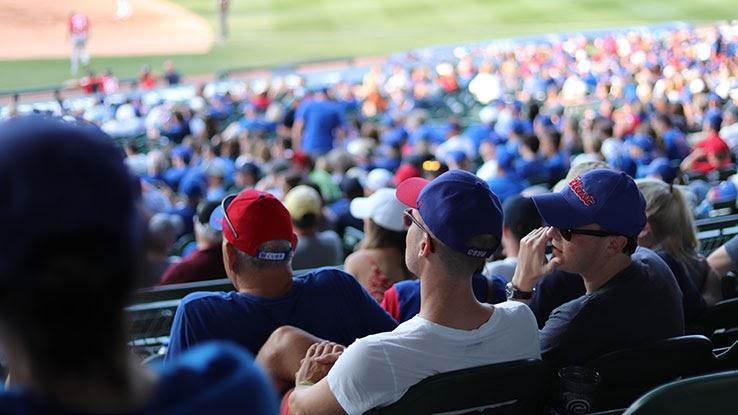
The Major League Baseball season was about to kick off before the pandemic struck. Although there is no sign of professional sporting events returning soon, communities can think about how to prepare when that time does arrive. It might be tempting to go to the first game of the season, but it's smarter to watch from home, just to be safe.
4th of July Celebrations
There's nothing more American than the 4th of July, and Independence Day celebrations define the summer for many Americans. There's no telling what conditions will be like at the beginning of July. But planning for a community barbecue at a public park or beach goes against CDC recommendations.
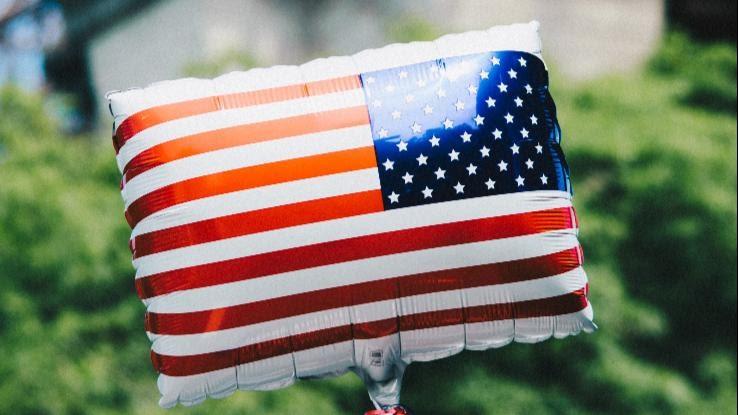
However, that's not to say that the 4th of July celebrations won't happen. Like attendees, the CDC says organizers should continually assess current conditions when deciding whether to cancel or significantly reduce the number of attendees at an event. It's likely safer to spend that time social distancing in the backyard, even if you have to miss the fireworks display for the year.
Concerts and Similar Gatherings
Concerts might be the riskiest example of a mass gathering, as shows put hundreds or even thousands of people within inches of each other. People can avoid each other to a higher degree at beaches and 4th of July celebrations. But at concerts, touching other people can be unavoidable. Not to mention, all of that saliva comes out when people are singing along to their favorite tunes.
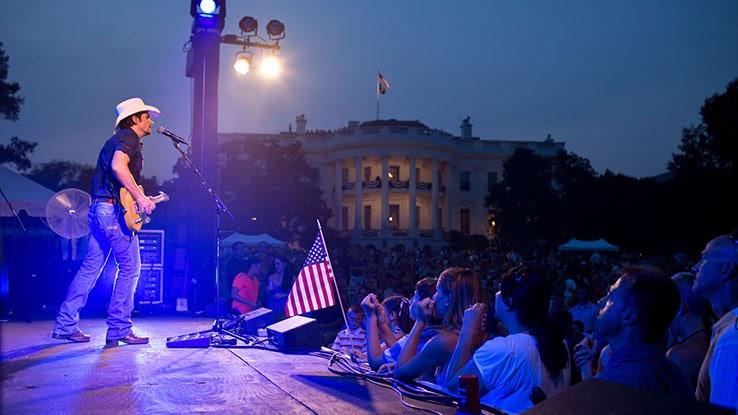
As communities begin to allow more mass gatherings, music lovers would be wise to avoid large concerts at first. There are plenty of online streaming broadcasts to enjoy from musicians and bands, and these are typically available on social media platforms and official websites.
Interstate Travel
Interstate travel is what makes a road trip around the United States something really magical. Plus, our Constitution guarantees us the right to enter one state and leave another, barring some exceptions, so an interstate road trip can feel like an expression of our liberty.
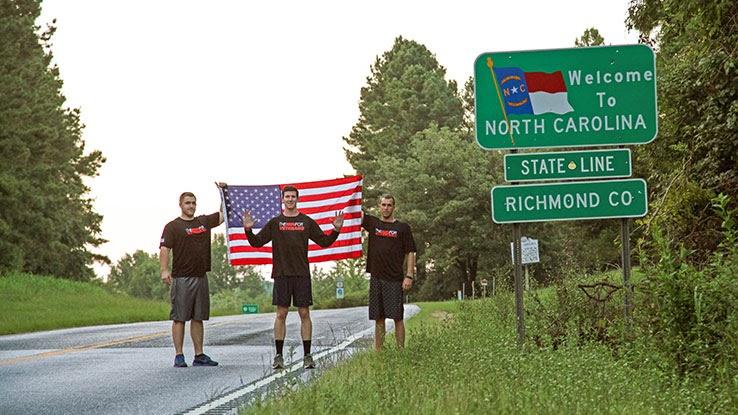
But a pandemic calls for different behaviors, even if it means we have to limit ourselves for the time being. Following each state's guidelines for managing COVID-19 can help prevent the transmission and spread of the virus. It may also prevent you from incurring any unwanted tickets or fines during a vacation.
Intrastate Travel
Intrastate travel (within the same state) carries the same burden as traveling between states. The CDC says that traveling increases the risk of contracting COVID-19. Although people are allowed to travel around their states at the moment, it's important to ensure that each traveler washes their hands often and avoids touching public surfaces as much as possible.
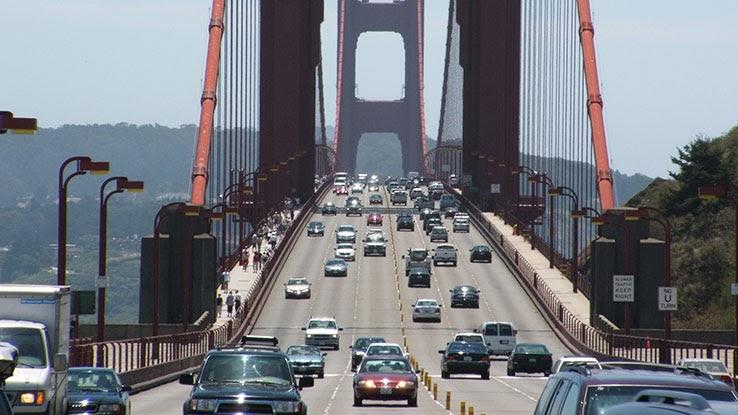
According to the CDC, "It is possible that some state and local governments may put in place travel restrictions, stay-at-home or shelter-in-place orders, mandated quarantines upon arrival, or even state border closures while you are traveling." Research your state's up-to-date guidelines before and during the trip to avoid confusion.
Travel to Mexico
The WHO has updated recommendations for international travel. Many world travelers already made international travel plans before the pandemic, and that's one reason why it's essential to keep up to date with what's going on globally. Mexico, for example, has seen relatively slow growth in coronavirus cases.
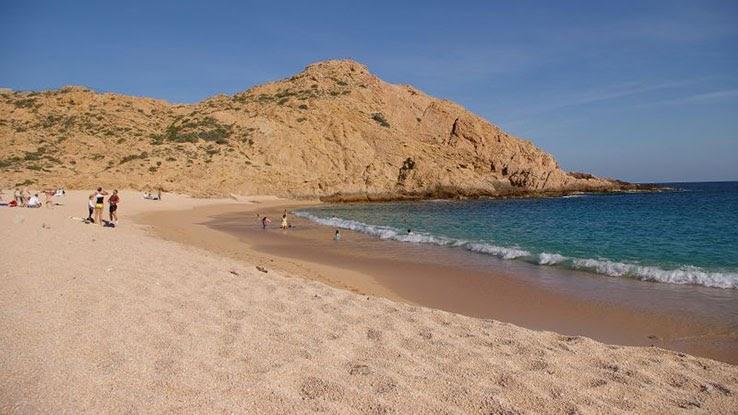
If you're thinking about traveling, Mexico might seem like a safer option than most countries. But instead of heading south of the border for now, consider practicing cooking Mexican cuisine in isolation. Put on a home fiesta while making future plans for travel when it's safer to do so.
Travel to Canada
As of early May 2020, Canada reported over 60,000 cases of COVID-19, and new cases have been confirmed daily. As with visiting any country, the CDC recommends that travelers avoid all nonessential travel to Canada. Our northern neighbor also put in place travel restrictions for visitors.
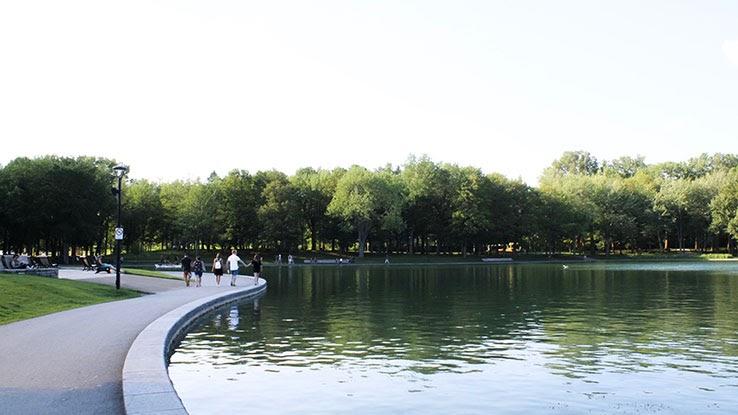
The Canada Border Services Agency has reduced service at some low-traffic land border crossings and says citizens should avoid nonessential travel outside Canada until further notice. If you're going into Canada, you must confirm you have a suitable place to self-isolate for 14 days.
Travel to the United Kingdom
As with many countries, the CDC recommends travelers avoid all non-essential travel to the United Kingdom. The UK has over 200,000 active cases of COVID-19 as of early May 2020. Even if it's okay to travel to the United Kingdom from the United States, it's critical to be aware of the restrictions UK citizens face.
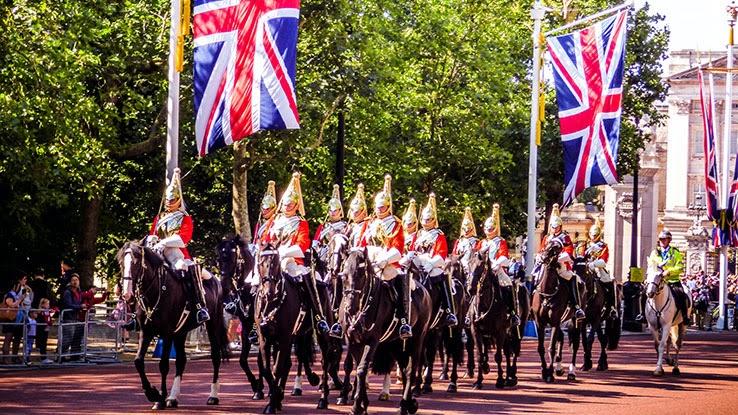
For example, UK citizens are under strict stay-at-home orders. The government is asking people to avoid going outside unless it's for food, health or employment reasons. Citizens are also practicing social distancing. The UK's National Health Service is in its phased action plan for dealing with the pandemic.
Travel to Australia
Australia and New Zealand have been two of the more successful countries when it comes to handling the spread of the novel coronavirus. It's been common for Australia to report new cases that are only in the low double digits each day. But it doesn't mean that it's socially responsible for people in other countries to make trips Down Under.
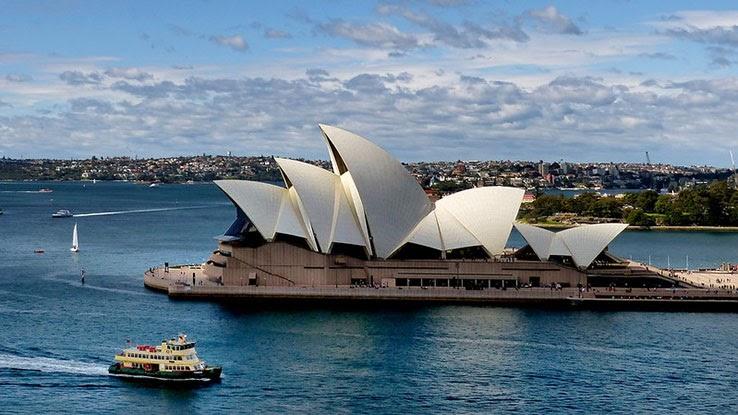
Instead of possibly spreading COVID-19 while on vacation in Australia, why not postpone your trip? If possible, take a trip to Australia in the wintertime if it becomes safe to do so. Our winter is Australia's summer, so you'll get to experience warm weather. In the meantime, check out the spots you can visit digitally, like the Melbourne Zoo with its live-streaming webcams.
Travel to Italy
Italy has been experiencing one of the most severe coronavirus outbreaks per capita. Postponing any plans to visit Italy this summer is a good idea. As expected, the CDC recommends avoiding all nonessential travel to Italy until further notice.
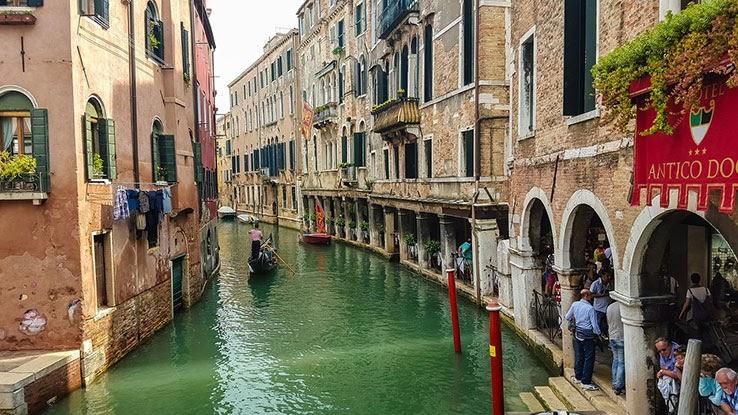
According to the CDC website, "most foreign nationals who have been in Italy during the previous 14 days will not be permitted entry into the United States." If you're a U.S. citizen or permanent resident, you'll be allowed back home, but you'll have to return through one of 13 designated airports for screening. Instead of traveling, support Italian businesses in the coming months by shopping online while saving for a future trip.
Travel to China
China has begun reporting fewer coronavirus cases, but that doesn't mean it's time to hop on a plane and visit Tiananmen Square. And again, if you're returning to the United States from China, you'll need to be screened at one of the 13 approved airports.

Instead of a trip to Asia, perhaps research some local Asian restaurants and companies in your area and order takeout or delivery meals. Supporting these businesses can help your local economy. Do a little more research into East, Southeast and Southern Asian countries to make a future trip more informative and engaging.
Returning From International Travel
The CDC has put together a list of after-travel precautions for citizens who are heading abroad. The first thing it asks people to do is to stay home for 14 days to self-quarantine from the time they arrive home. During this time, the website advises people to take these steps to monitor their health and practice social distancing.
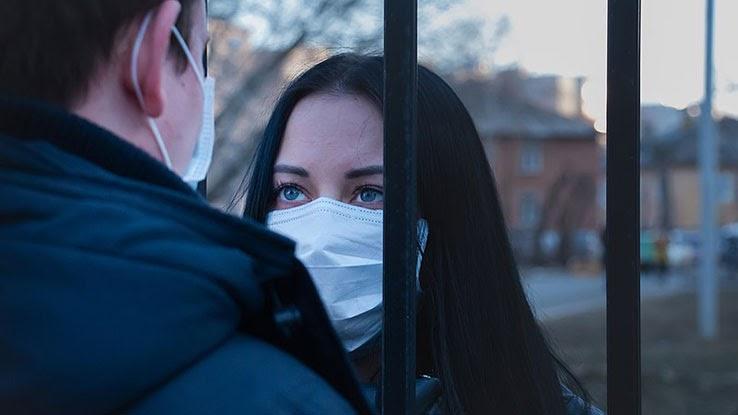
When you arrive home after traveling abroad, take your temperature two times each day to monitor for fever, and keep a log of these numbers. Look out for coughing or trouble breathing. Stay home and avoid contact with others, working from home if possible and practicing social distancing following your period of self-isolation. Do not take public transportation.
Alternative Travel Plans
Perhaps the best thing for everyone to do is make alternative travel plans this year. It's a difficult decision considering that most people have been stuck inside for a few months already. But taking an extra year could have immeasurable benefits.
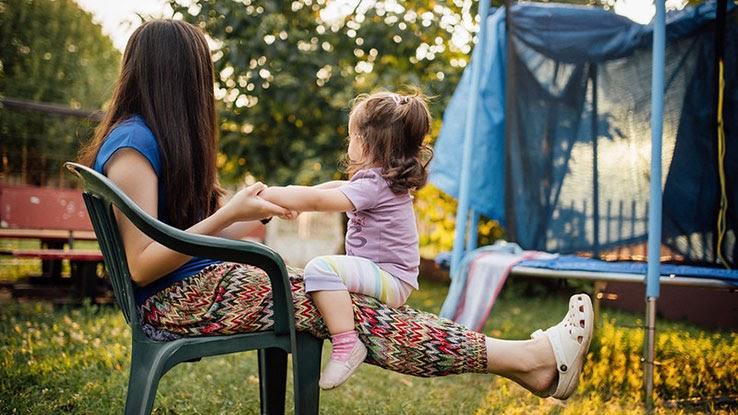
First of all, waiting until 2021 to travel allows you to save some money now. You can use it to cover costs if you've been experiencing any financial setbacks, or you can put it towards your future trip. Those added funds could go a long way in making an international trip more memorable. A staycation can also contribute some much-needed revenue to your local economy. Remember, the CDC recommends avoiding nonessential travel.
General Guidelines for Travel
Deciding to postpone a trip might not be feasible if it's something essential. If you must travel, the CDC recommends a period of self-quarantine for 14 days upon your return home. Continue to monitor your health and practice social distancing.
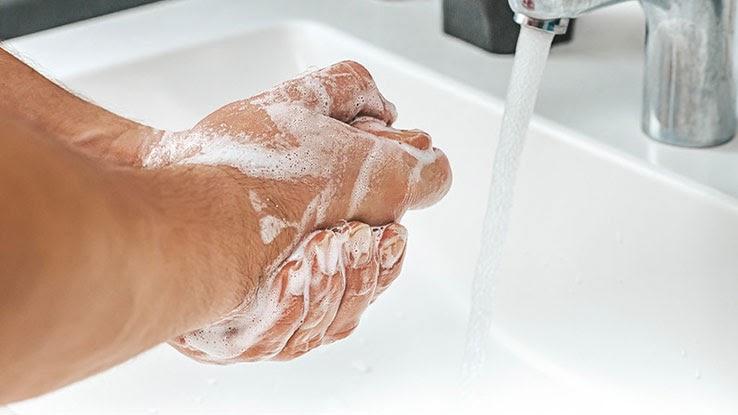
Also, the CDC wants people to avoid contact with those who are ill and cover their mouths and noses with a tissue when coughing or sneezing. Also, everyone should wash their hands for at least 20 seconds frequently or use hand sanitizer containing at least 70% alcohol. Finally, follow the WHO's situation reports for updated information.
MORE FROM ASK.COM
Do You Get Your Money Back if You Cancel a Flight
Source: https://www.ask.com/travel/summer-2020-travel-updates?utm_content=params%3Ao%3D740004%26ad%3DdirN%26qo%3DserpIndex
0 Response to "Do You Get Your Money Back if You Cancel a Flight"
Post a Comment